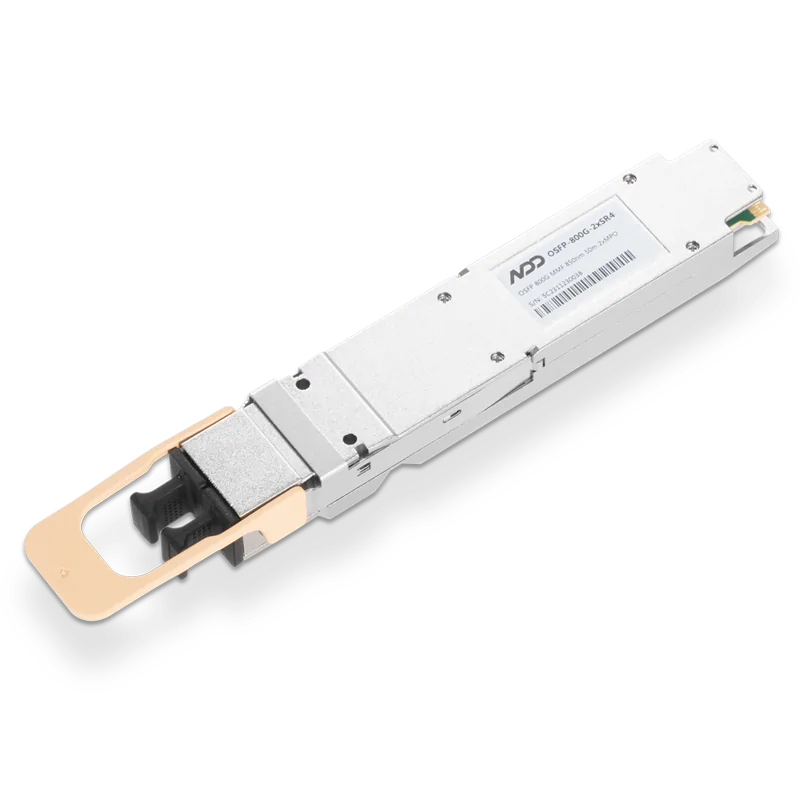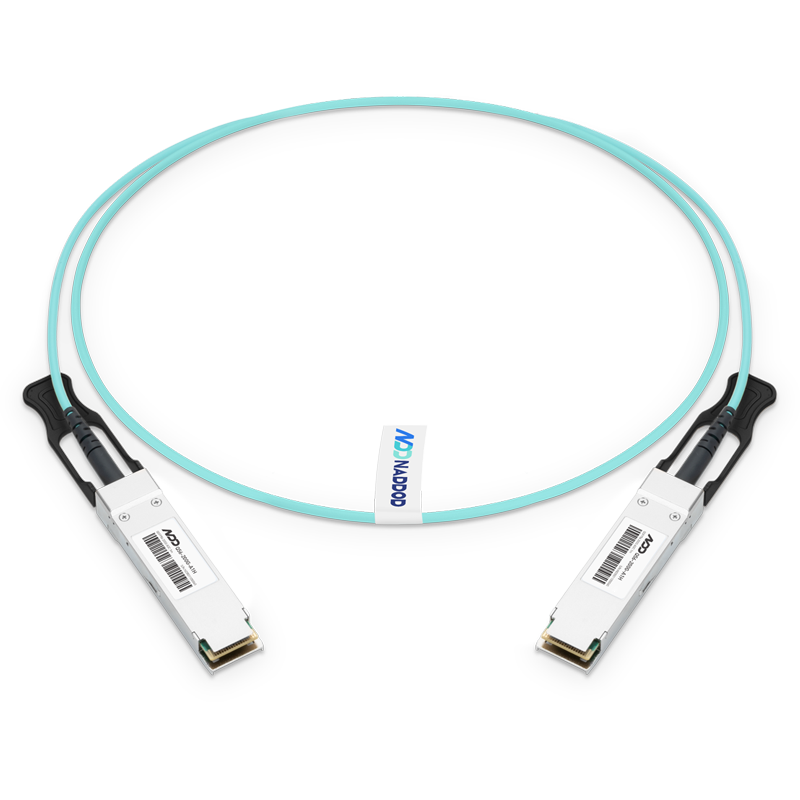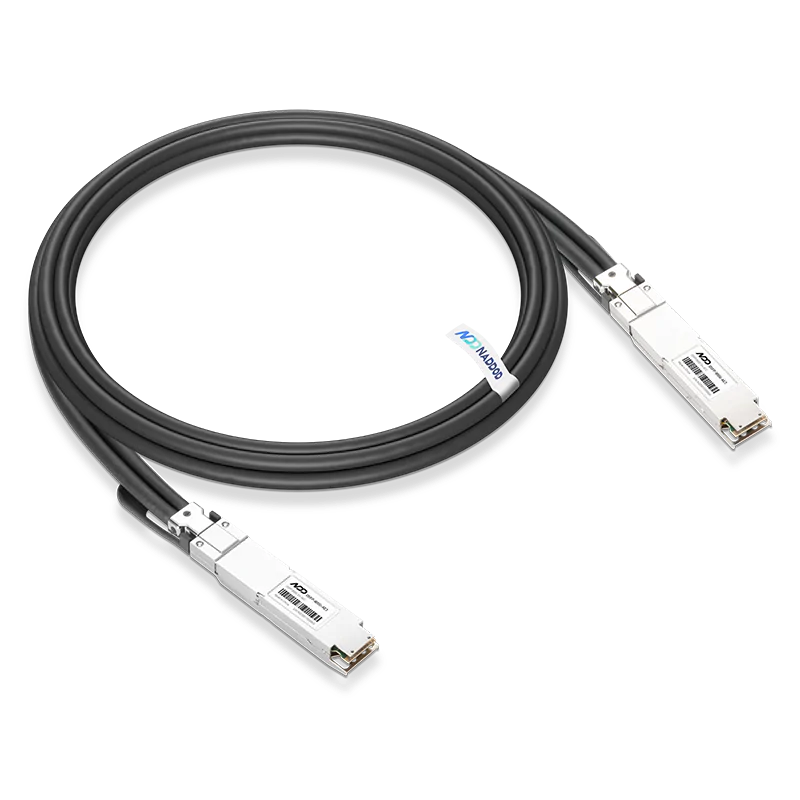Anyone who is familiar with optical transceivers knows that the size of optical transceivers is determined by the form factor. Common SFP, SFP+, XFP, QSFP+, QSFP28, etc. are regulated by various multi-source agreement (MSA) organizations. In this article, let’s talk about the optical transceiver MSA multi-source agreement.
The Origin and Introduction of the MSA Standard
IEEE (Institute of Electrical and Electronics Engineers) , the world’s largest professional technical organization, has established standards for optical transceivers, but the types of optical transceiver interfaces from different manufacturers are diversified. In order to solve the problem of insufficient interoperability, multiple manufacturers An organization was jointly established to standardize the interface type, installation and function of optical transceivers, and MSA came into being to supplement the IEEE standard. MSA (MultiSource Agreement) is a multi-source agreement. The MSA agreement often referred to refers to the SFP Transceiver MSA, also known as the SFP-MSA agreement.
MSA was submitted to SFF , named INF-8074i, SFF extended the SFP-MSA protocol, and the extended protocol was SFF-8472. SFF (Small Form Factor Committee) refers to the Small Form Factor Committee. It is a research meeting to seek a solution and formulate corresponding standards for problems that the industry has no standards but need to be solved urgently. The INF-8074i protocol specifies the definition of the mechanical structure, electrical interface, and software interface (AOH); SFF-8472 specifies the transceiver identification, manufacturer information, and the digital diagnosis and monitoring function (DDM) of the optical transceiver. MSA-compliant products include optical transceivers, fiber patch cords, and other networking equipment.
MSA Standard and Optical Transceiver
For optical transceivers, the MSA standard not only defines the external dimensions, but also defines its electrical interface and optical interface. Therefore, optical transceiver suppliers must strictly abide by the MSA standard when designing systems to ensure operability and interchangeability between optical transceivers. At the same time, it provides a variety of options for end users. Since the optical transceivers conforming to the MSA standard have the same shape and size, third-party optical transceiver suppliers can also compete with mainstream manufacturers of brands, win the market share of optical transceivers, and provide users with what they need. The optical transceiver reduces the network construction cost of end users and prevents the optical transceiver market from being monopolized.
Tracing back the development of the MSA organization from the earliest defined GBIC MSA specification, MSA has accelerated the acceptance process of optical transceivers such as SFP+, CFP, and QSFP-DD, thereby promoting optical transceivers to support higher-speed 400G bandwidth. (This table shows the approved optical transceiver multi-source agreement).
| Name | Introduction | Application |
| GBIC | Gigabit Interface Converter | Designed for Gigabit Ethernet, SDH/SONET (2.5Gb/s) and Fibre Channel (4Gb/s), replaced by SFP |
| SFP | Small Form Pluggable | Designed for Gigabit Ethernet , SDH/SONET (2.5Gb/s) and Fiber Channel (4Gb/s) |
| XENPAK | 10Gb Ethernet Optical transceiver | Replaced by X2 and SFP+ |
| X2 | 1Gb Ethernet Optical transceiver | Replaced by SFP+ |
| XFP | 10Gb Compact Hot-pluggable | Designed for 10G, support 8Gb/s Fibre Channel, 10Gb/s Ethernet and optical transport networks |
| CSFP | Compact Small Form Pluggable | SFP version, support 1. 25G Ethernet/ADH/SDNET/Fibre Channel |
| SFP+ | Compact Pluggable Plus | Designed for 10Gb/s. Support 8Gb/s, Fibre Channel, 10Gb/s Ethernet and optical transport network standard OTU2 |
| QSFP/ QSFP+ | Quad Small Pluggable 40G | Support up to 40Gb/s and 100Gb/s Ethernet, Fiber Channel, InfiniBand and SONET/SDH standards |
| CDFP | Pluggable(400G) | Support 400Gb/s (16x25G) |
| Micro QSFP | Micro Quad Small Pluggable | Designed for 100G Ethernet, expected to be used in 200G application |
| CFP | Pluggable (100G) | Support 40Gb/s and 100Gb/s optical transceiver sizes, CFP for 10G, 40G, 100G and 400G, CFP2 for 40G and 100G CP4 and CFP8 for 400G |
| SFP28 | Small Form Pluggable | 3rd generation interconnect system, designed for 25G application |
| QSFP28 | Quad Small Form Pluggable | Designed for 100G |
| QSFP-DD | Quad Small Form Factor Pluggable Dual Density | 400Gb/s support (8x50G) |
| OSFP | Eight Channel Small Form Factor Pluggable | 400Gb/s support (8x50G) |
With the development of technology, the size of optical transceivers will be smaller and smaller, and the data capacity transmitted per unit time will be larger and larger, which means that there will be a new MSA in the future. That’s all for this article. Pay attention to us and learn more about optical transceivers together! NADDOD is a professional optical transceiver manufacturer. Thank you for your trust and support!

 800GBASE-2xSR4 OSFP PAM4 850nm 50m MMF Module
800GBASE-2xSR4 OSFP PAM4 850nm 50m MMF Module- 1The Best Optical Transceiver Modules for 5G Fronthaul
- 2A Quick Guide to 50G Optical Transceiver
- 3200G HDR Optics Products Application Scenarios
- 4NADDOD 1.6T XDR Infiniband Module: Proven Compatibility with NVIDIA Quantum-X800 Switch
- 5Vera Rubin Superchip - Transformative Force in Accelerated AI Compute































